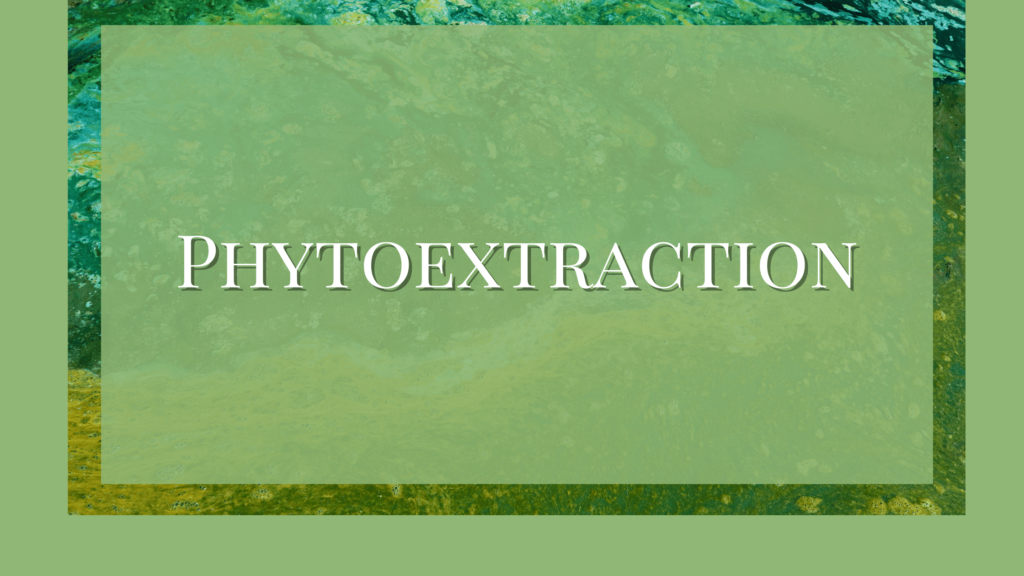Plants have been used for phytoremediation, the technology of extracting pollutants from the surroundings. The phytoextraction process is a type of phytoremediation where plants are used to extract heavy metals and radioactive elements from the soil.
Phytoextraction Process Explained
Certain plants can absorb these metals from the soil and transport them to its other parts. Such plants are used for the extraction from soil. Plants can absorb metals such as iron, manganese, zinc, copper, magnesium, molybdenum, and a small amount of nickel too. The collected metals are later stored in the roots and shoot system of the plants.
These metals are useful for the plants. The plants use these metals for their physiological needs or to store them. At the same time, they can absorb heavy metals such as cadmium, chromium, lead, cobalt, silver, selenium, mercury, etc that are of no significance for the plants.
These plant parts are harvested, dried, and turned into ashes. The heavy metals are then reclaimed from these ashes. This is one of the most cost-effective methods for eliminating pollutants and reclaiming them without causing any harm to the environment.
The same method is now used for extracting heavy metals from polluted water. Hydroponics is used to grow specific plants that are tolerant to high concentrations of heavy metals and have higher growth rates. They will absorb the heavy metals. These plants are harvested and processed to extract the metals from them.
The phytoextraction process is now mainly focused on collecting heavy metals and this process is called phytomining. Certain types of hyperaccumulating plants are used for this purpose.
Limitations of the Phytoextraction Process
As effective as the phytoextraction process is, there are a few drawbacks. This method is effective only up to a depth of 24 inches. These plants are not enough to eliminate contamination in the deeper soil.
While there are trees that can be used for deeper extraction, their leaves could pose the threat of recontamination. Since leaves are one of the main storage units for heavy metals, the fallen leaves can contaminate the soil again.
The lack of plant varieties that can withstand various climatic and physiological conditions of various agro fields is another concern regarding phytoextraction.
References
- Phytoextraction. (n.d.). https://www.hawaii.edu/abrp/Technologies/phyextr.html
- Carlos Garbisu, Itziar Alkorta, Phytoextraction: a cost-effective plant-based technology for the removal of metals from the environment, Bioresource Technology, Volume 77, Issue 3, 2001, Pages 229-236, ISSN 0960-8524, https://doi.org/10.1016/S0960-8524(00)00108-5




